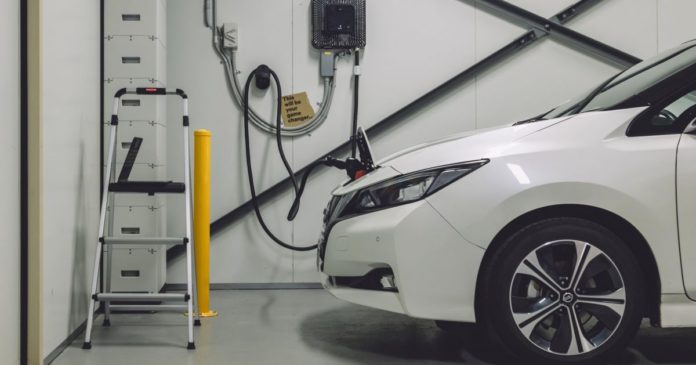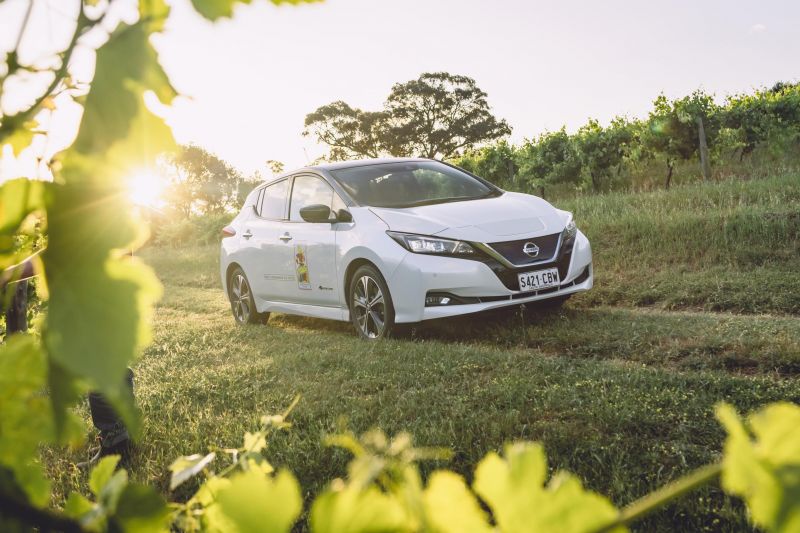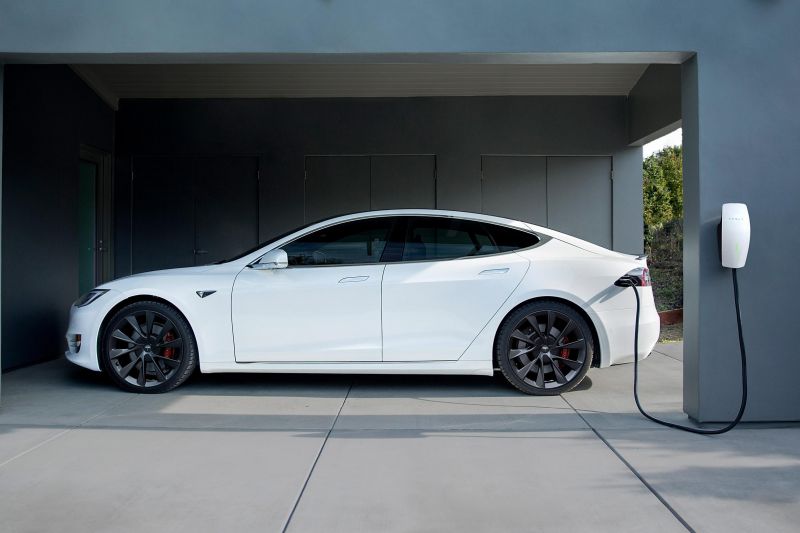Your neighbourhood could soon be equipped with more electric vehicle (EV) smart chargers.
The Australian Renewable Energy Agency (ARENA) is investing $3.2 million to bolster Amber Electric’s trial of electric vehicle (EV) smart charging and residential vehicle-to-grid (V2G) services.
Additionally, the Australian company will contribute an additional $4.5 million to further expand the scope of this initiative.
The three-year, Australian-led project aims to facilitate EV smart charging and V2G bi-directional charging for residential customers, with the rollout of 100 smart chargers and 50 V2G chargers into participants’ homes.
Amber says its smart chargers allow EV owners to make the most of their excess solar energy by topping up their car “when the grid is flush with cheaper, greener energy”.
The company says its $7.7 million project will be an Australian first due to the number of EVs to be optimised, the inclusion of V2G optimisation, and the optimisation in line with wholesale energy pricing.
Over the next two years, at least 1000 customers across the ACT, NSW, QLD, SA and VIC will participate in the trial with the V2G scope expected to kick-off in mid-2025.
The V2G rollout is contingent on pending policy updates, plus availability of V2G-capable car and charging hardware.
When plugged in, bi-directional chargers provide FCAS (Frequency Control Ancillary Service) to the National Electricity Market. The process injects extra power, or reduces power as necessary, to maintain a steady frequency and stability of the energy grid.
It’s undertaken primarily through a two-way charger that feeds current back into the electricity grid or home from the EV’s battery.
“This technology represents a transformative leap for energy storage in Australia, and the energy system as a whole,” said Amber co-CEO Dan Adams.
“By integrating electric vehicles with the grid and the wholesale energy market, we can reduce costs for consumers whilst accelerating the transition to renewable energy.
“Our customers will be able to directly compete with big coal and gas generators just by smart charging and discharging their EV battery.
“This innovation not only strengthens our energy infrastructure but also aligns with a commitment to a sustainable future.”
In 2022, South Australia Power Networks activated the first V2G pilot sites in the state, allowing owners to use the technology.
There’s only one bi-directional charger certified for use in Australia, and only the Nissan Leaf and Mitsubishi Outlander PHEV and Eclipse Cross PHEV support this type of charging.
EV market leader Tesla has yet to roll out bi-directional charging capability to its vehicles.
Just a year ago, it announced the development of bi-directional chargers within the next few years; however, its CEO, Elon Musk, doesn’t believe EV drivers will use them.
“Because if you unplug your car, your house goes dark. And this is extremely inconvenient. Most of the value comes in charging the car at the right time,” Mr Musk said. “It’s not really about sending energy the other way.”
Andrew Baglino, Tesla’s senior vice president of powertrain and energy engineering, subsequently left the company this year. It’s unclear what the status is of Tesla’s bi-directional charging development.
MORE: Nissan leading vehicle-to-grid charge in South Australia
MORE: More electric cars coming to Australian rental fleets



